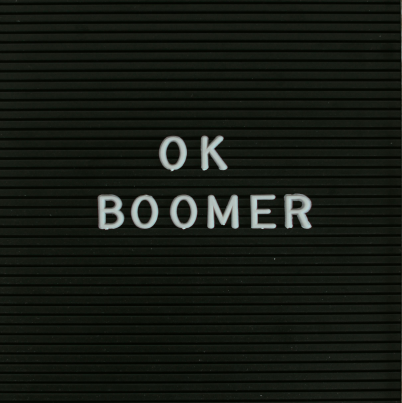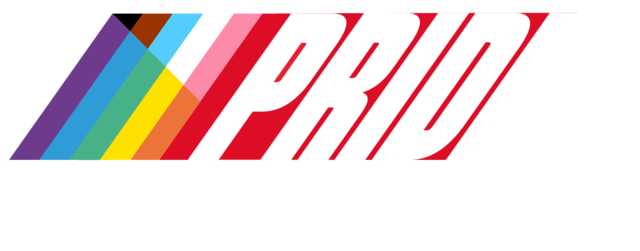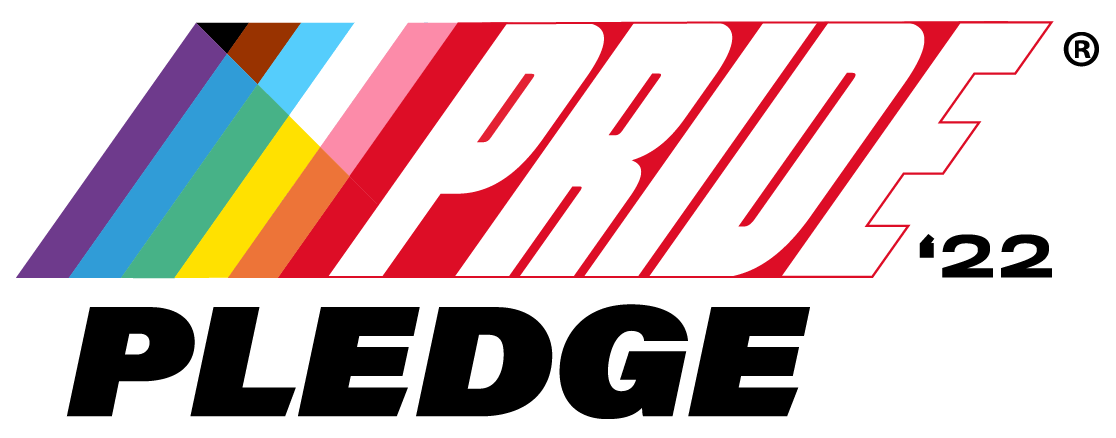

From Boomers to Zoomers
Generational Dynamics in the Workplace
Workplaces today are a rich tapestry of different generations, each with unique needs and preferences. From Baby Boomers who value stability and face-to-face interactions, to Gen Z’s tech-savvy and innovation-driven approach, designing for these diverse needs is key. By creating flexible workspaces that blend private areas with collaborative zones, and integrating technology to support varied work styles, we can cater to everyone’s preferences. It’s all about striking the right balance to boost productivity and foster a harmonious work atmosphere.
- Baby Boomers (born 1946-1964) value stability, face-to-face interactions, and structured environments. They often prefer private offices or quiet spaces for focused work.
- Generation X (born 1965-1980) appreciates flexibility and efficiency. They thrive in environments that balance individual workspaces with collaborative areas.
- Millennials (born 1981-1996) seek dynamic, open spaces that encourage collaboration and creativity. They value technology integration and flexible work arrangements.
- Generation Z (born 1997-2012) is highly tech-savvy and values inclusivity and innovation. They prefer adaptable spaces that support both individual and teamwork, with a strong emphasis on digital connectivity
By strategically designing workplaces that cater to the diverse needs of a multi-generational workforce, companies can enhance productivity, boost morale, and create a more cohesive work environment. Embracing the following design principles ensures that every generation feels valued and supported in their workspace.
Here are some key takeaways for a multi-generational workforce:
- Flexible Workspaces: Design flexible environments that can easily adapt to different work styles. Incorporate a mix of open-plan areas, private rooms, and collaborative spaces to cater to various needs.
- Technology Integration: Ensure seamless integration of technology across all areas. Smart solutions, such as adjustable lighting and temperature controls, can accommodate diverse preferences and enhance comfort for all generations.
- Inclusive Design: Create spaces that promote inclusivity and address the needs of all employees. This includes accessible design features and ergonomic furniture to support various working styles and physical needs.
- Collaboration Zones: Foster intergenerational collaboration by designing vibrant communal areas where employees can connect and share ideas. These zones encourage cross-generational mentoring and team building.
- Quiet Zones: Provide dedicated quiet areas for focused work, addressing the needs of those who prefer a more serene environment while balancing the need for collaborative spaces.





